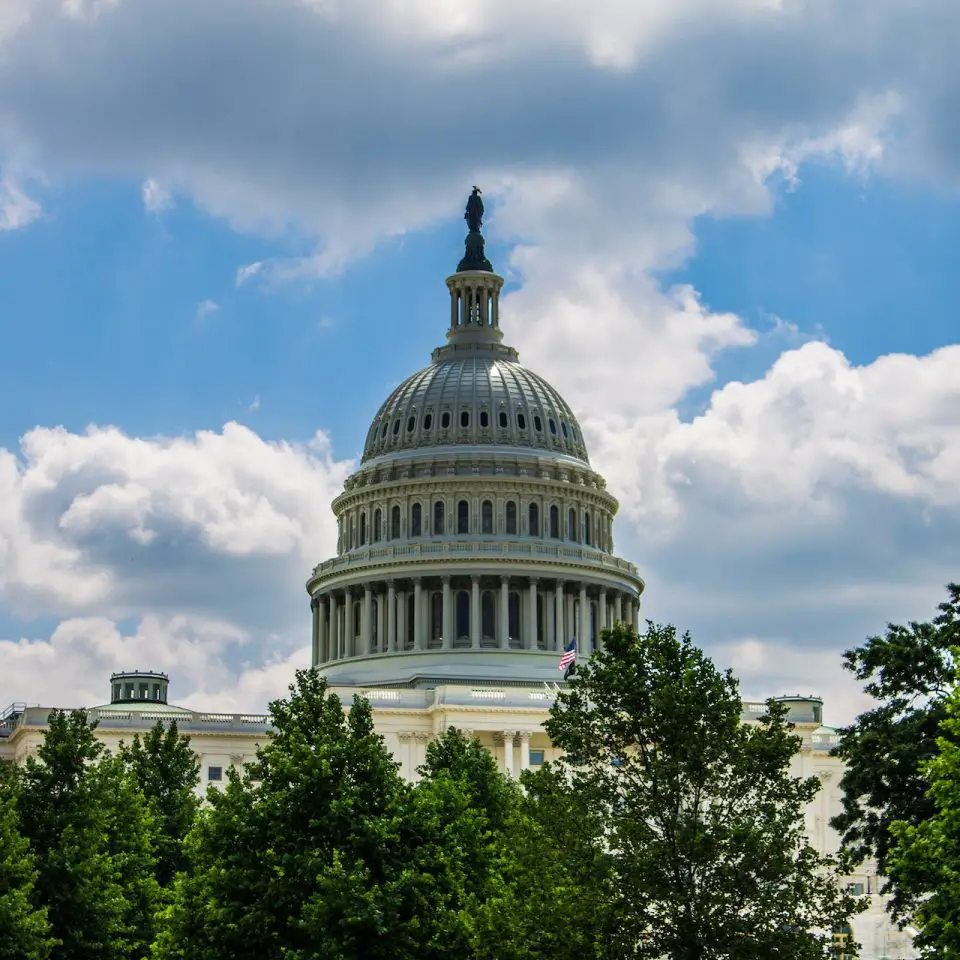Encouraging economic data has continued to surpass expectations, prompting a shift in outlook among economists and Wall Street strategists. The specter of a recession has been pushed further into the background as reports indicate a robust US economy, leading to an increasingly optimistic stance on stock markets.
On Tuesday, financial services firm Jefferies revised its year-end projection for the S&P 500, elevating it from 4,050 to 4,500. The change was accompanied by a reassuring statement from Desh Permunetilleke, Jefferies’ global head of microstrategy, who commented, “As a soft landing is the more likely outcome now, earnings will be much more resilient than previously expected.”
The retreat of the Artificial Intelligence rally, which previously boosted price targets, coincided with the release of second-quarter earnings reports. Wall Street strategists have now redirected their attention to the persistent strength of the US economy as a driving force behind the ongoing market upswing.
A series of remarkable events have dominated the economic landscape during the summer of 2023. These include surprising GDP growth in the second quarter and an unexpectedly strong US consumer, defying expectations by maintaining robust spending habits even amidst uncertainty.
Each favorable data point has amplified discussions surrounding the concept of a “soft landing” to the Federal Reserve’s hiking cycle. This scenario envisions a stabilization of inflation without causing a significant economic downturn. This topic has gained traction among strategists who are pointing to it as a contributing factor to why the S&P 500 is poised to exceed original Wall Street predictions for the year’s end.
Scott Chronert, managing director at Citi, recently raised his S&P 500 closing price forecast for 2023 from 4,000 to 4,600, concurrently increasing the mid-2024 target from 4,400 to 5,000. Chronert’s shift is reflective of the growing conviction in the likelihood of a soft landing. Similarly, Oppenheimer Asset Management also adjusted its S&P 500 year-end target from 4,400 to 4,900, fueled by confidence in the persistent resilience of the US economy.
Oppenheimer’s chief investment strategist, John Stoltzfus, explained, “Our price target assumes that the resilience exhibited by the US economy will continue along with a high level of sensitivity by the Federal Reserve in raising its benchmark rates further to slow the inflation rate toward its 2% target.”
Key contributors to the US economy’s durability include strong personal consumption, constituting approximately 70% of the GDP. Indicators tied to consumption, such as labor market data, unemployment rates, and wage growth, all display encouraging trends. Early signals for the third quarter indicate continued consumer spending, with July’s retail sales report indicating a 0.7% increase.
Although economic growth is not explosive, Goldman Sachs chief economist Jan Hatizus has characterized it as “unspectacular growth.” This moderate expansion is projected to sustain stock market gains while simultaneously creating opportunities for investments in specific sectors.
Bank of America recently shifted its stance on the consumer discretionary sector, upgrading it from Underweight to Overweight. The bank’s economists anticipate that the Fed’s ongoing rate hike cycle will culminate in a soft landing rather than a recession. In a statement, Bank of America’s note emphasized, “Active funds’ relative weight in Consumer Discretionary is at all-time lows in our data history for both long-only funds and hedge funds.”
In the face of a robust US economy defying earlier projections, a growing chorus of analysts and strategists finds confidence in the concept of a soft landing. This sentiment has buoyed the stock market and driven Wall Street’s optimism as the year continues to unfold.
Source: Yahoo Finance

